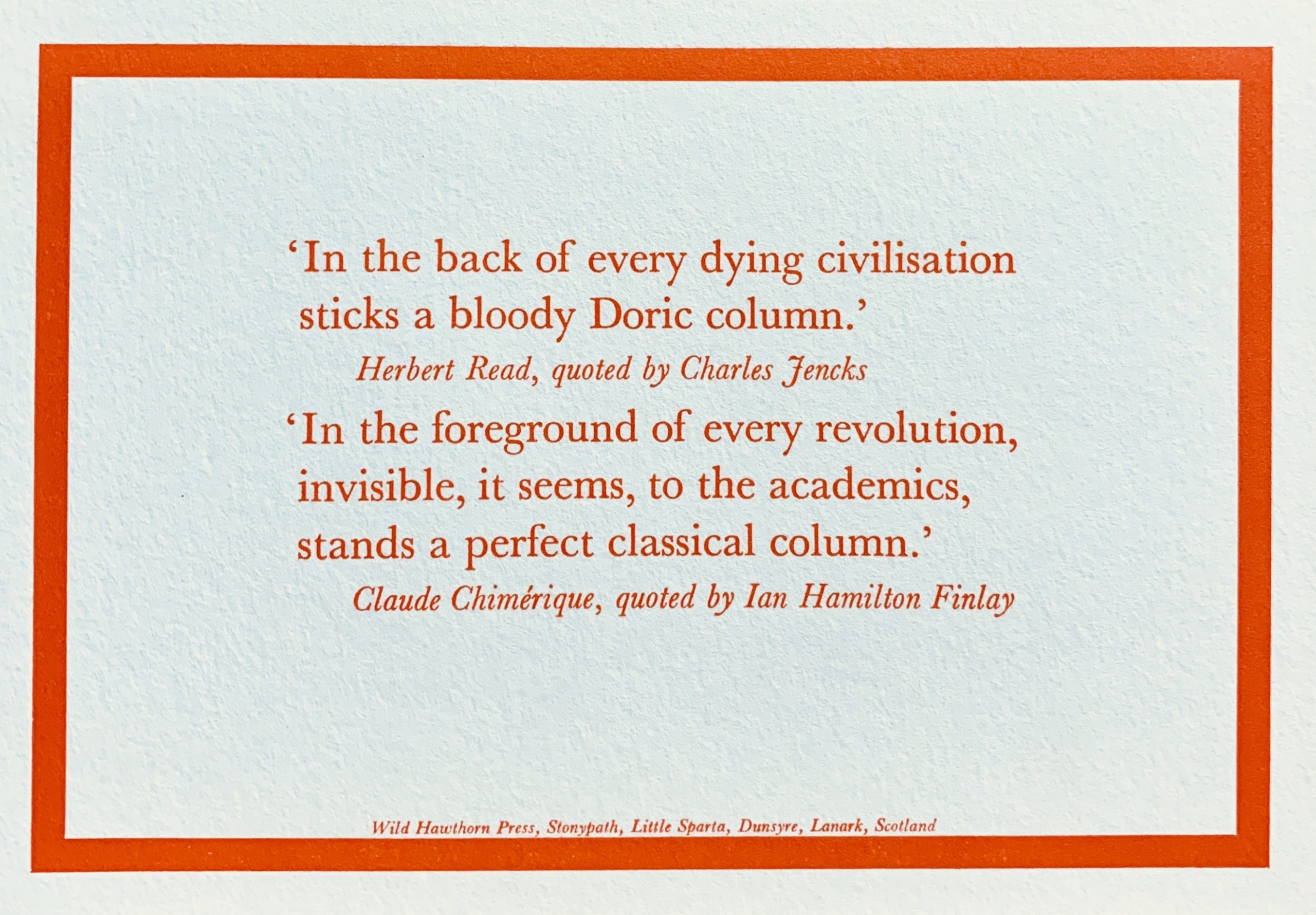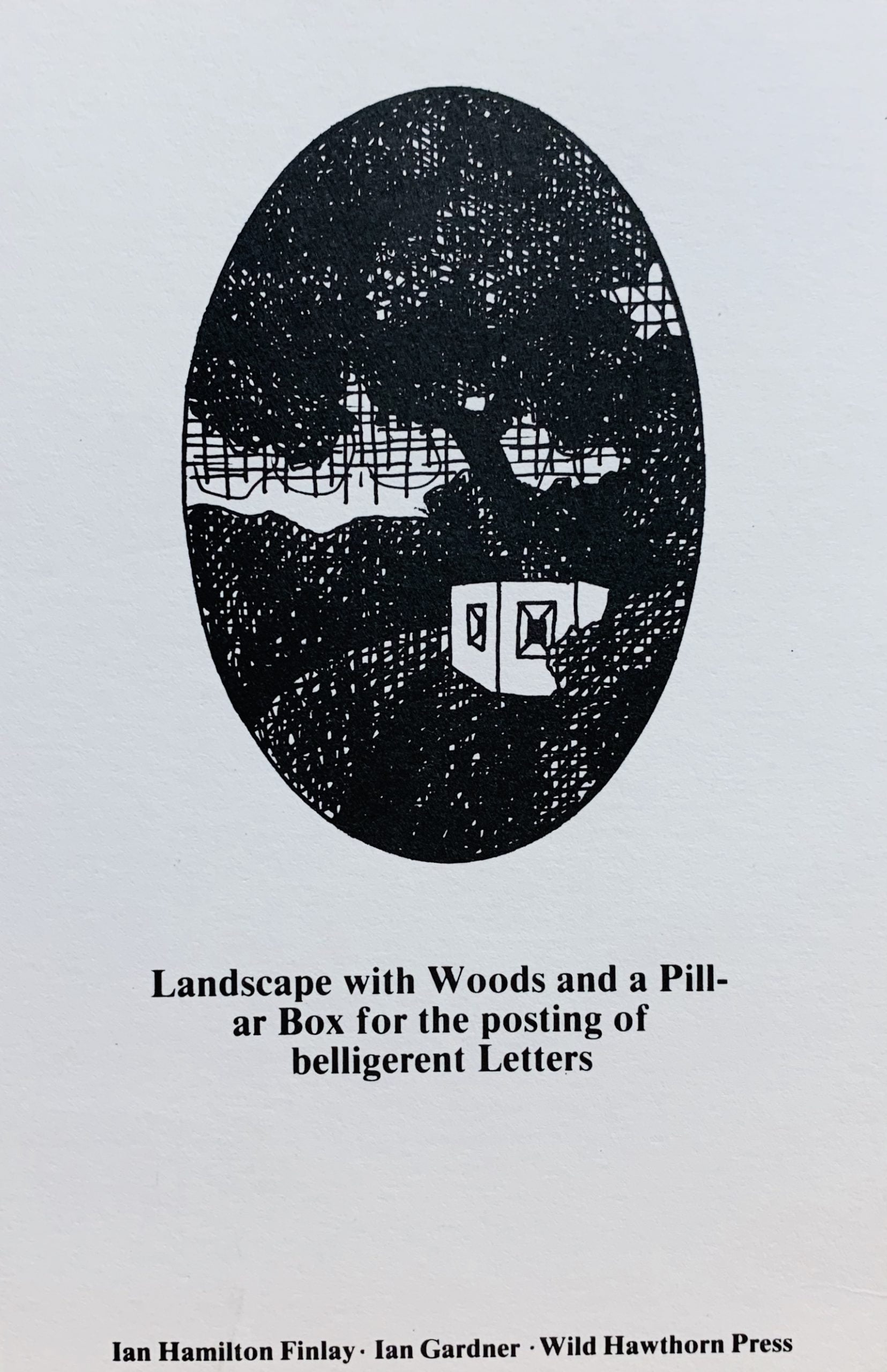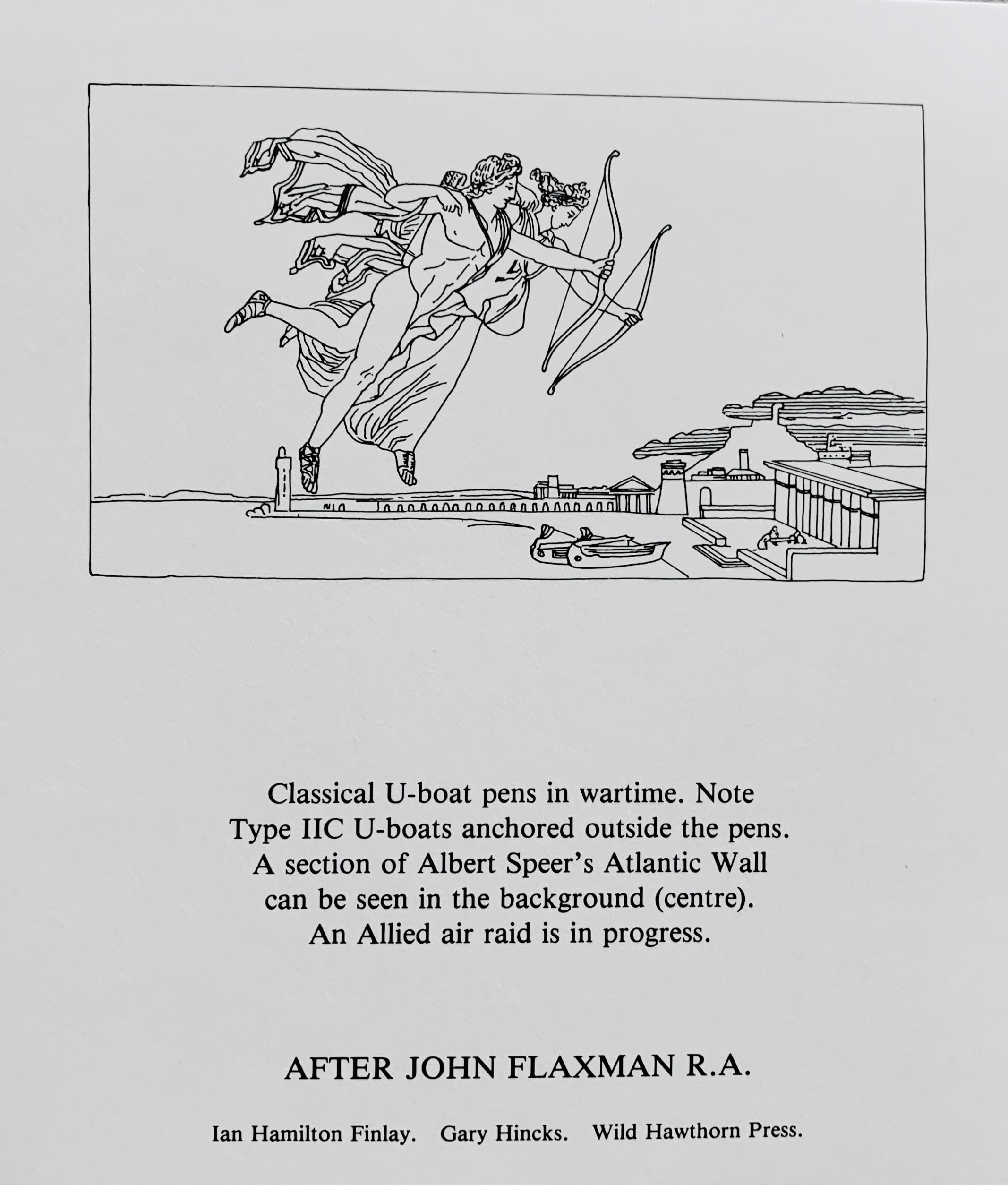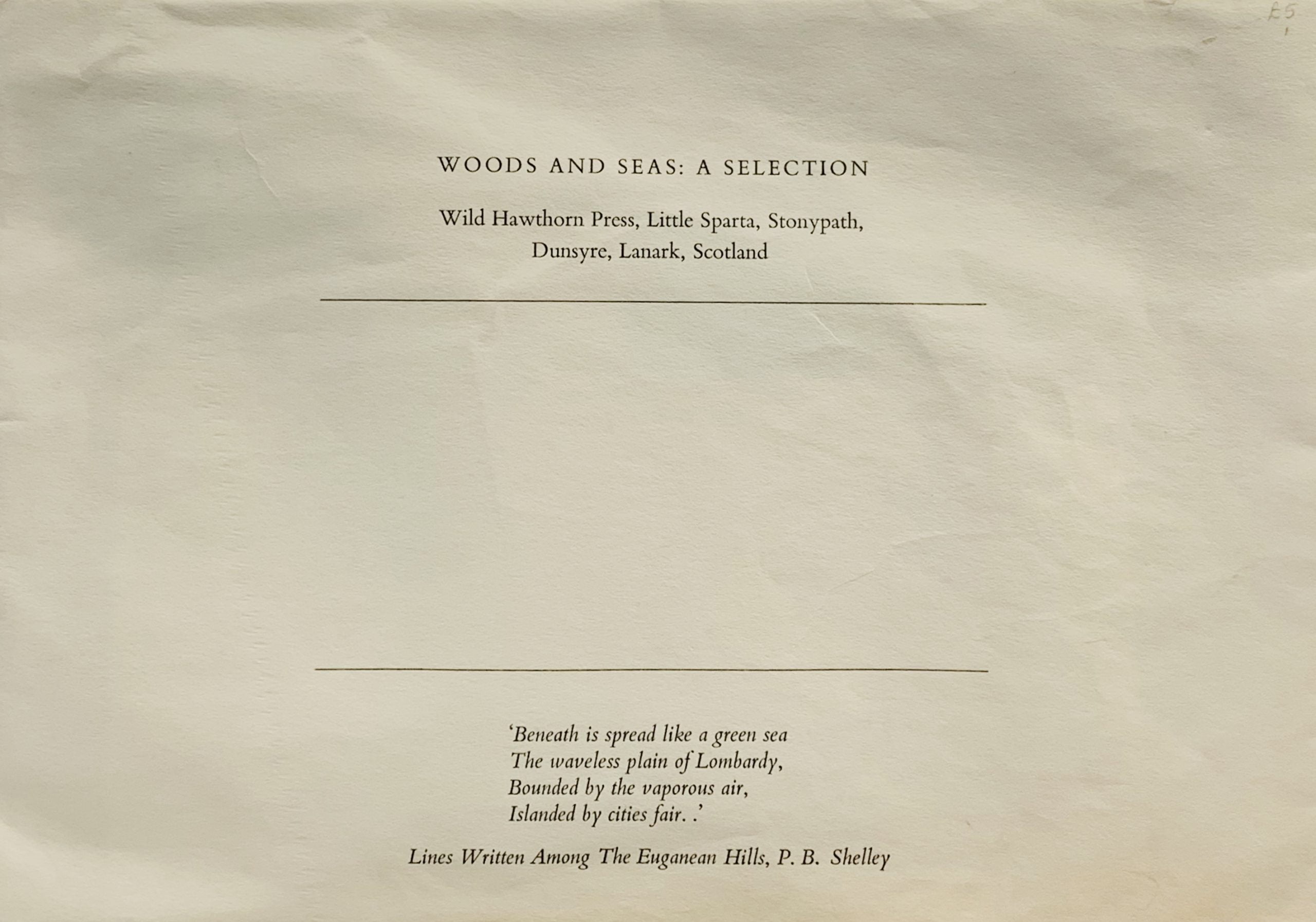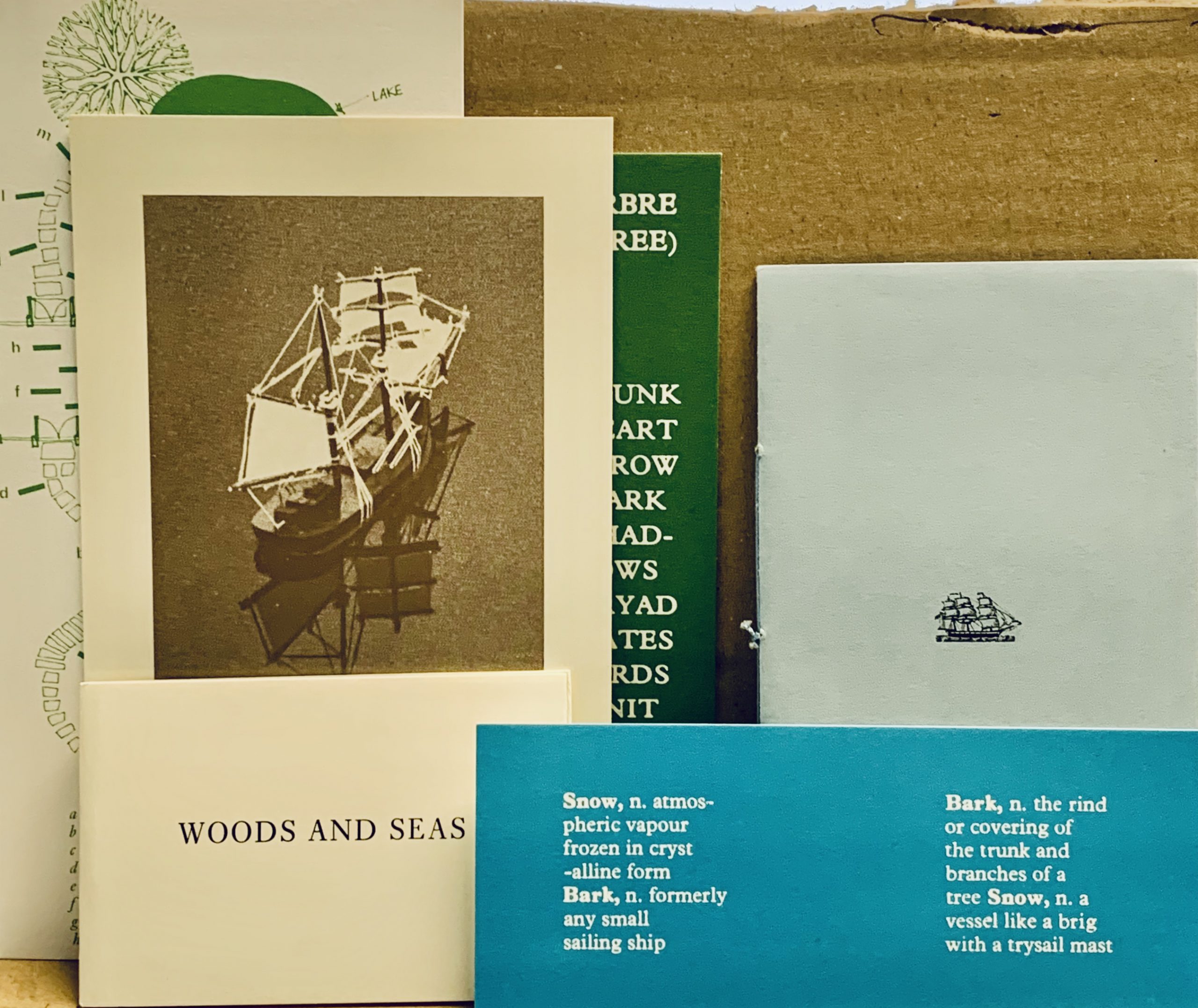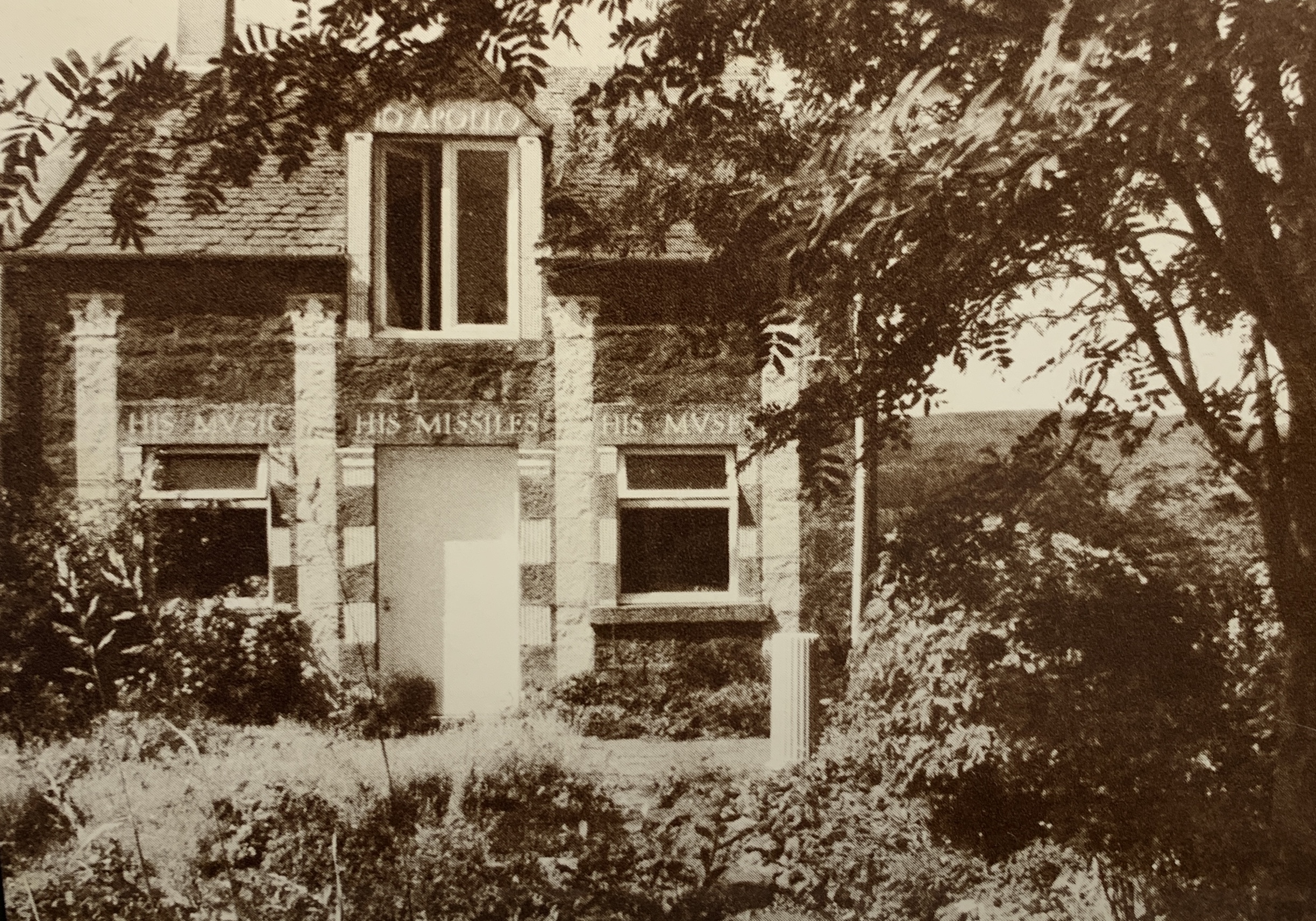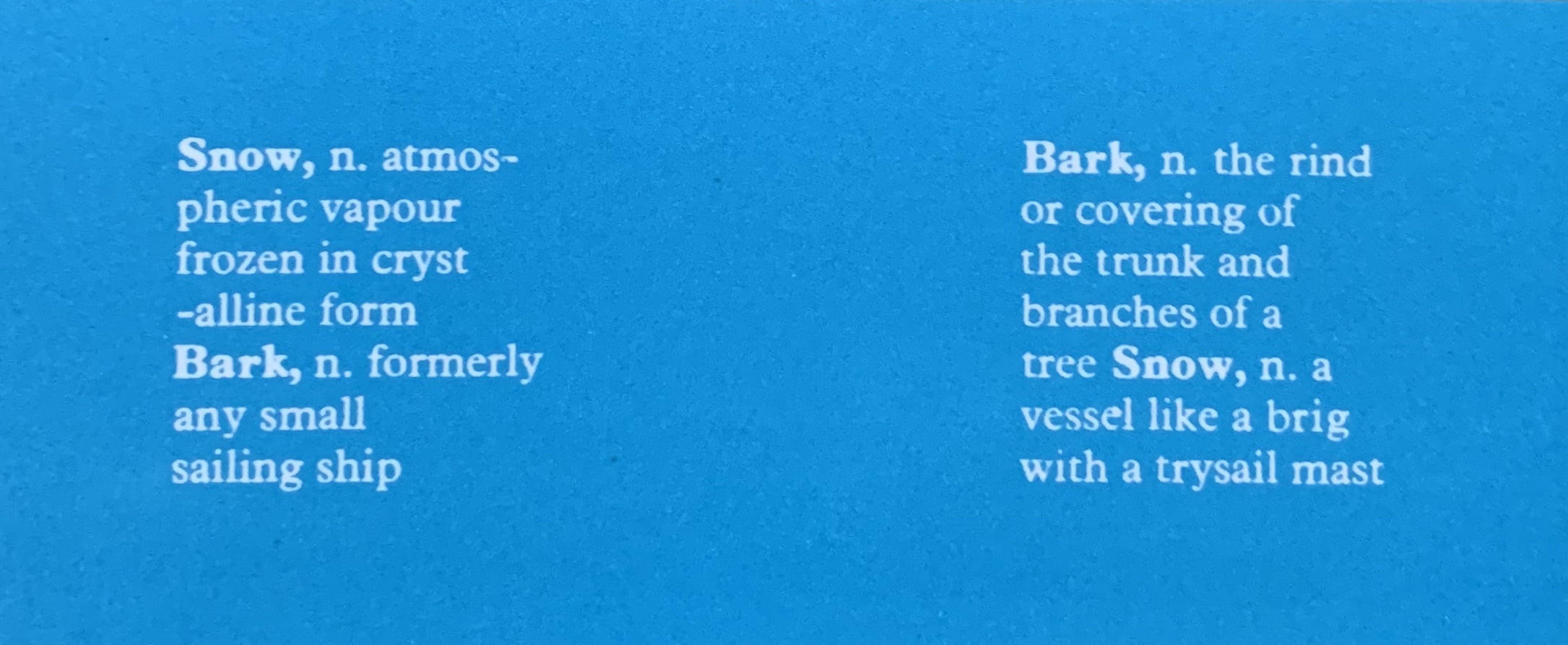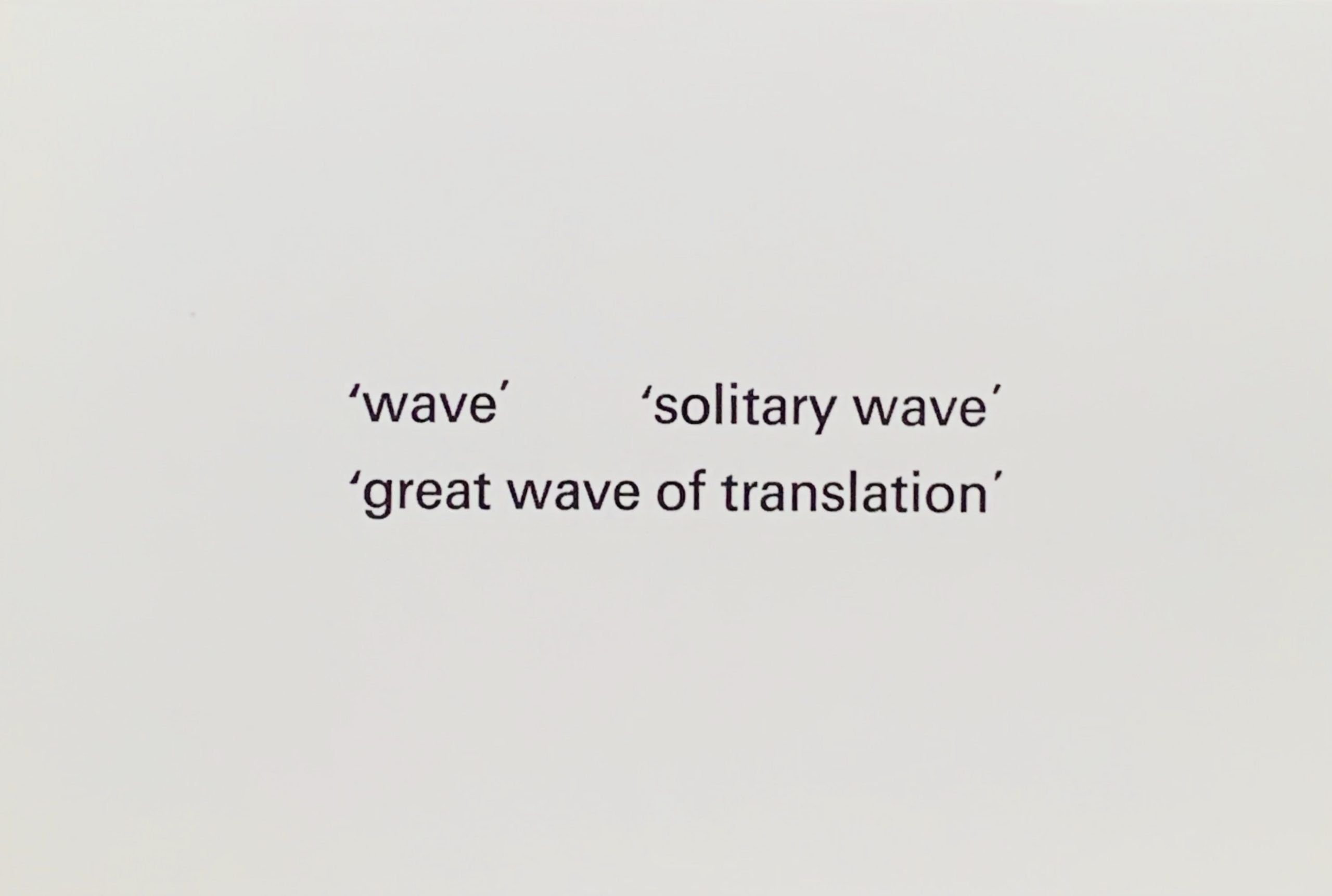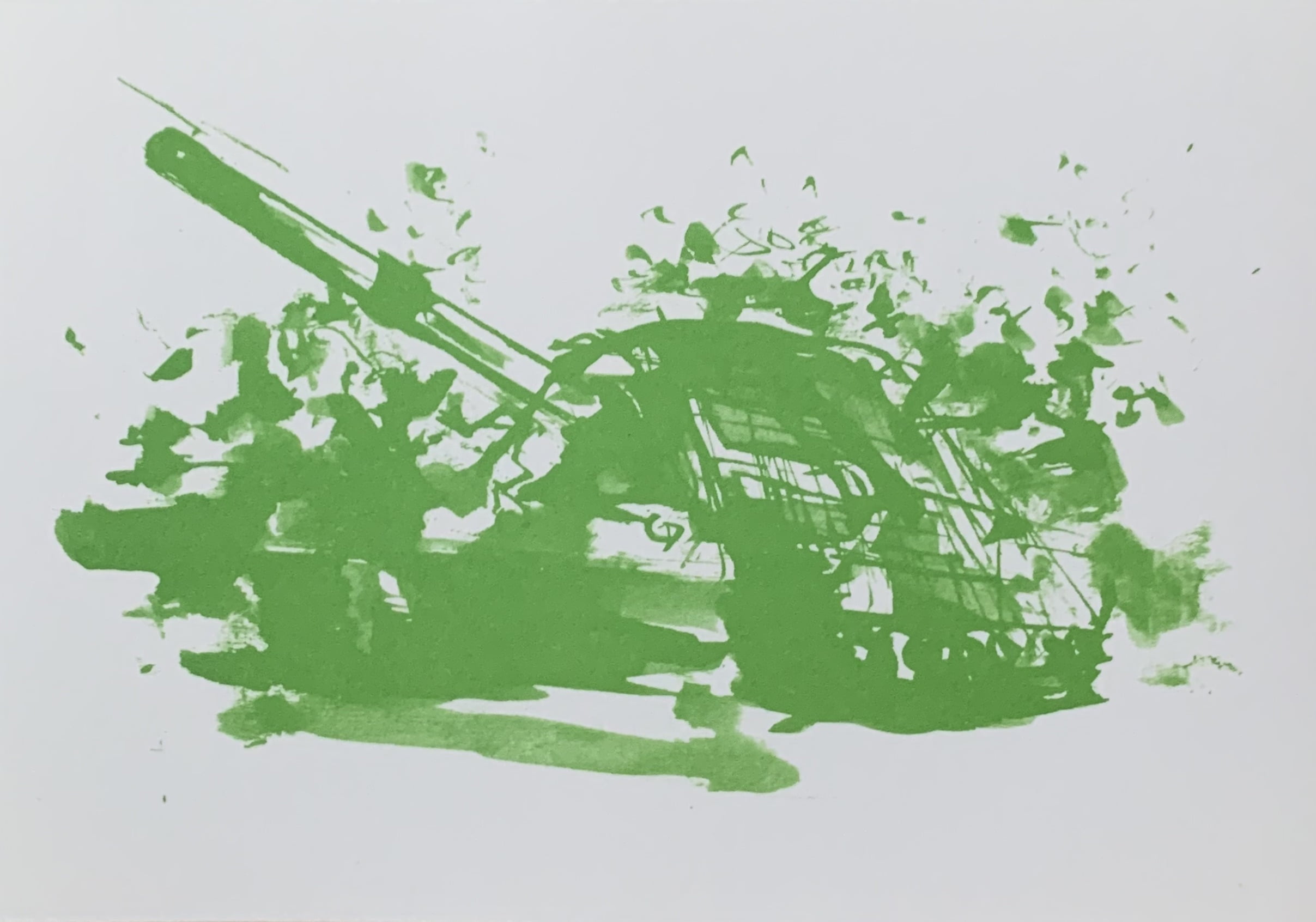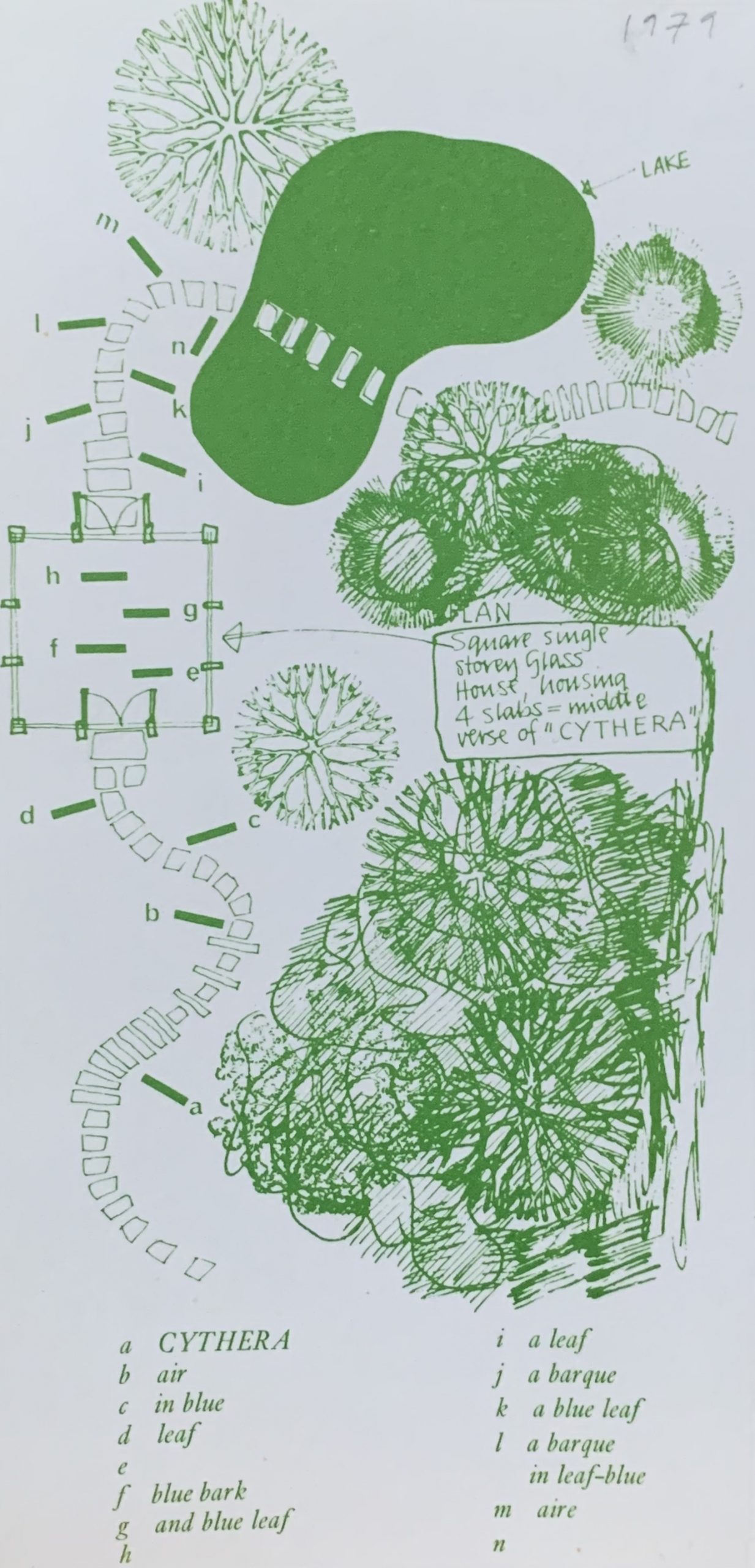01 Jun IN THE BACK OF EVERY DYING CIVILISATION STICKS A BLOODY DORIC COLUMN. 1981.
Little Sparta: Wild Hawthorn Press, 1981
11.5 x 15.5cm, 1pp. two quotations placed against each other for humour and also making the point that classicism is not dead and is an important theme of civilisation:
"In the back of every dying civilisation sticks a bloody Doric column" - Herbert Read
against
"In for foreground of every revolution invisible, it seems, to the academic stands a perfect classical column" - Claude Chimerique. Claude Chimerique is in fact a spoof figure so the quote is in fact Finlay's response to Read.
...

